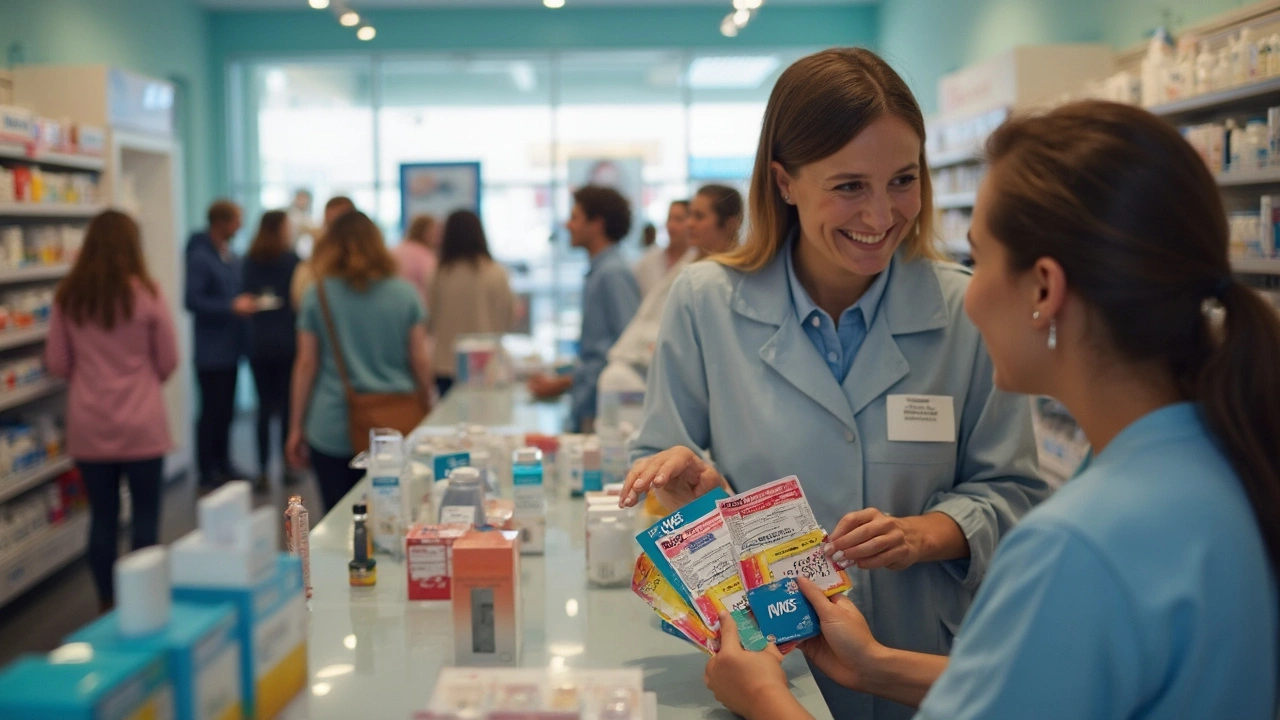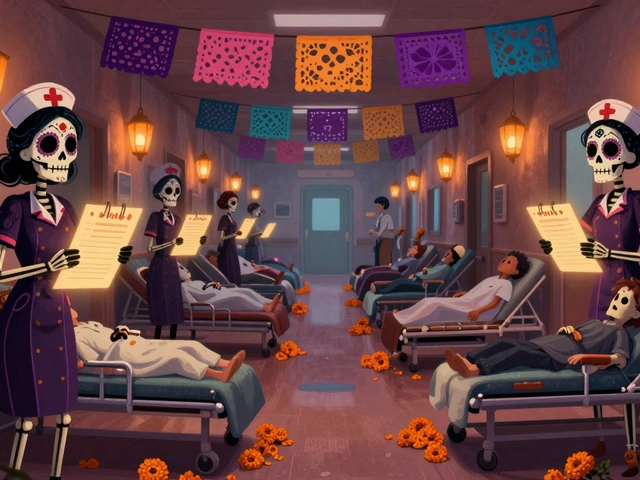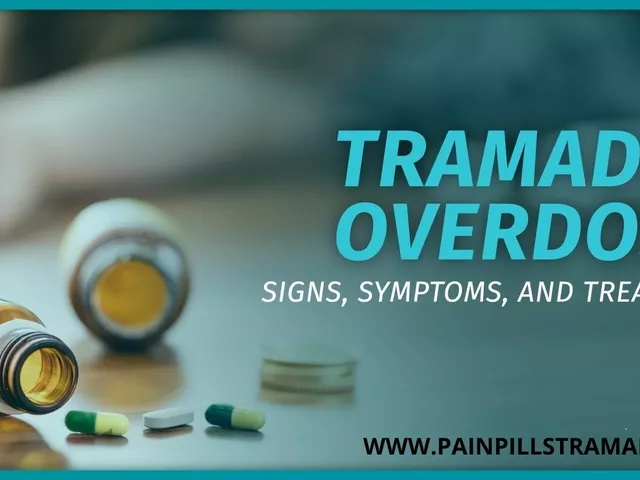Discount Card Stacking: Save More on Prescription Costs
Ever looked at a pharmacy bill and thought, "There has to be a cheaper way"? Discount card stacking is a tactic people try to lower drug costs by combining coupons, discount cards, and pharmacy offers. It doesn’t always work the way you expect, but with a few simple checks you can often get a much better price than just using insurance or paying cash.
How discount card stacking actually works
Most pharmacies process one primary discount at checkout: either your insurance or a discount card (like GoodRx or SingleCare). That means you usually can’t run insurance and a discount card at the same time. However, you may be able to use a manufacturer coupon or a pharmacy-specific offer in addition to a discount card for some medicines. The trick is knowing what the pharmacy accepts and what gives you the lowest final price.
Here’s the simple test I use: compare the insurance copay, the cash price, and prices from discount apps. If the discount card price is lower than your insurance copay, pay with the card. If insurance wins, use insurance. For help comparing these services, our SingleCare vs GoodRx vs RxSaver article shows real-world savings and can save you time.
Practical steps to save — quick checklist
1) Price-compare before you go. Check at least two discount apps and ask for the pharmacy cash price. Prices vary a lot between chains and even between locations.
2) Ask the pharmacist if they accept manufacturer coupons along with a discount card. Some will, some won’t. If they do, make sure the combined price actually drops — sometimes it won’t.
3) Show or print the coupon. Most pharmacies accept a phone screenshot, but printing helps if the app barcode doesn’t scan cleanly.
4) Use generics and therapeutic alternatives. Generic versions and cheaper alternatives often have big discounts or manufacturer savings that stack better than brand-name deals.
5) Look into patient assistance programs for expensive meds. If you’re prescribed a high-cost drug, manufacturer programs or foundation grants can reduce out-of-pocket costs more than discount cards.
Watch out for red flags. If a price looks too good to be true from an unknown online source, verify the pharmacy’s license and read reviews. Avoid buying prescription drugs from dubious sites — cheaper isn’t worth the risk for your health.
One last tip: keep records. Note which card/app and pharmacy gave you the best price for each drug. Prices change, so a small habit of tracking can save you money long term. Try different combos for a month and you’ll quickly see what works for your meds.
If you want comparisons or real examples, check our articles on prescription savings and coupon services. They show actual prices and step-by-step checks you can follow before your next refill.

Ever wondered if you could stack multiple pharmacy discount cards and still stay on the right side of the rules? This deep-dive unpacks a step-by-step strategy to maximize your prescription savings through legit coupon stacking techniques at major pharmacies. Learn the real-world tricks, common limitations, and insider tips to help you pay the least for your meds. Explore trusted drug-savings apps, understand the legal landscape, and avoid rookie mistakes that could get your discounts denied. Don't pay more than you have to—get the details here.
Chris Gore Apr 29, 2025




